WHY NASA CHOSE AEROPONICS AS THEIR FIRST GROWING METHOD FOR SPACE
The reason Aeroponics became a top interest for NASA is due to the fact it is so resource efficient. For space missions, the crews needed to be able to produce their own fresh food, in a way that uses minimal water, is lightweight, takes up minimal space, and gives increased yields in a shorter amount of time, while also boosting morale. Aeroponics does all of this and more.
At Eden, our grow systems needed to be just as efficient in order to help feed the population. Not everyone has the time, space, or natural resources (such as water in desert locations) to grow things. We needed a solution that could grow anywhere, any time of the year, using the most sustainable methods to help everyone become as self-sufficient – and resource-efficient - as possible.
By 2050 there will be 9.8 billion people on the planet, according to the latest projections from the U.N. This will require an estimated 70% more land to meet this demand. Unfortunately, there won’t be 70 percent more land available. The Food and Agriculture Organization of the United Nations concludes that 70 percent of the world’s additional food needs can only be produced with new agricultural technologies.
HOW EDEN CAN HELP
Eden Grow System’s origin goes back to the Genesis System, which was a comprehensive solution for year-round food production, including aquaponics for protein and organic waste processing to ensure the highest possible sustainability with minimal ongoing resource requirements. It incorporated an environmentally controlled enclosure, a grow space for year-round operation. It was aimed at testing out systems that have the potential to be deployed in space, because the requirements are so much more demanding. This off-world requirement drives a relentless pursuit of maximum durability and efficiency (read the full excerpt here).
We then took this design concept of a large habitat facility and compacted it into an all-in-one sustainable growing machine – the Eden Grow Tower - for the home user with the capabilities for space mission in mind. For these systems, Aeroponics fit the bill perfectly, with some towers containing a hybrid Aquaponics and Aeroponics approach.
Purchase one of our grow towers and put a produce section in your home today.
BENEFITS OF AEROPONICS FOR both EARTH AND SPACE
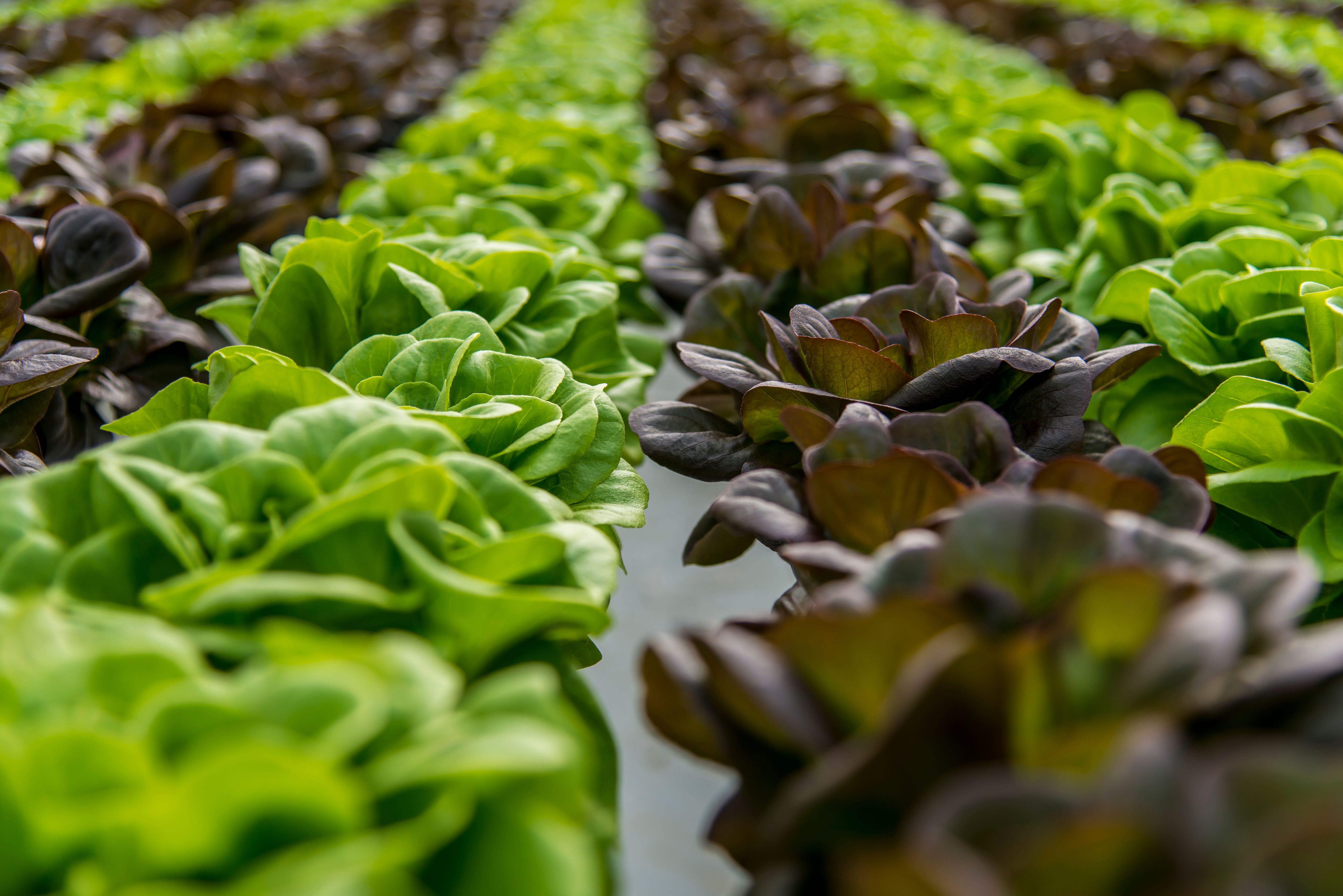
1. Faster growing plants with increased yield
It’s not like Astronauts want to wait until their space mission is over for the produce to be ready to harvest. Full Spectrum LED lights used in Aeroponics are proven to produce larger plants with higher nutrient content. In Aeroponics the nutrient solution and water is sprayed directly on the roots, without them being submerged in soil or water, allowing for increased oxygen. These factors mean you get faster growth with increased yield. Exactly what we want to provide our customers growing food to sustain their families’ needs.
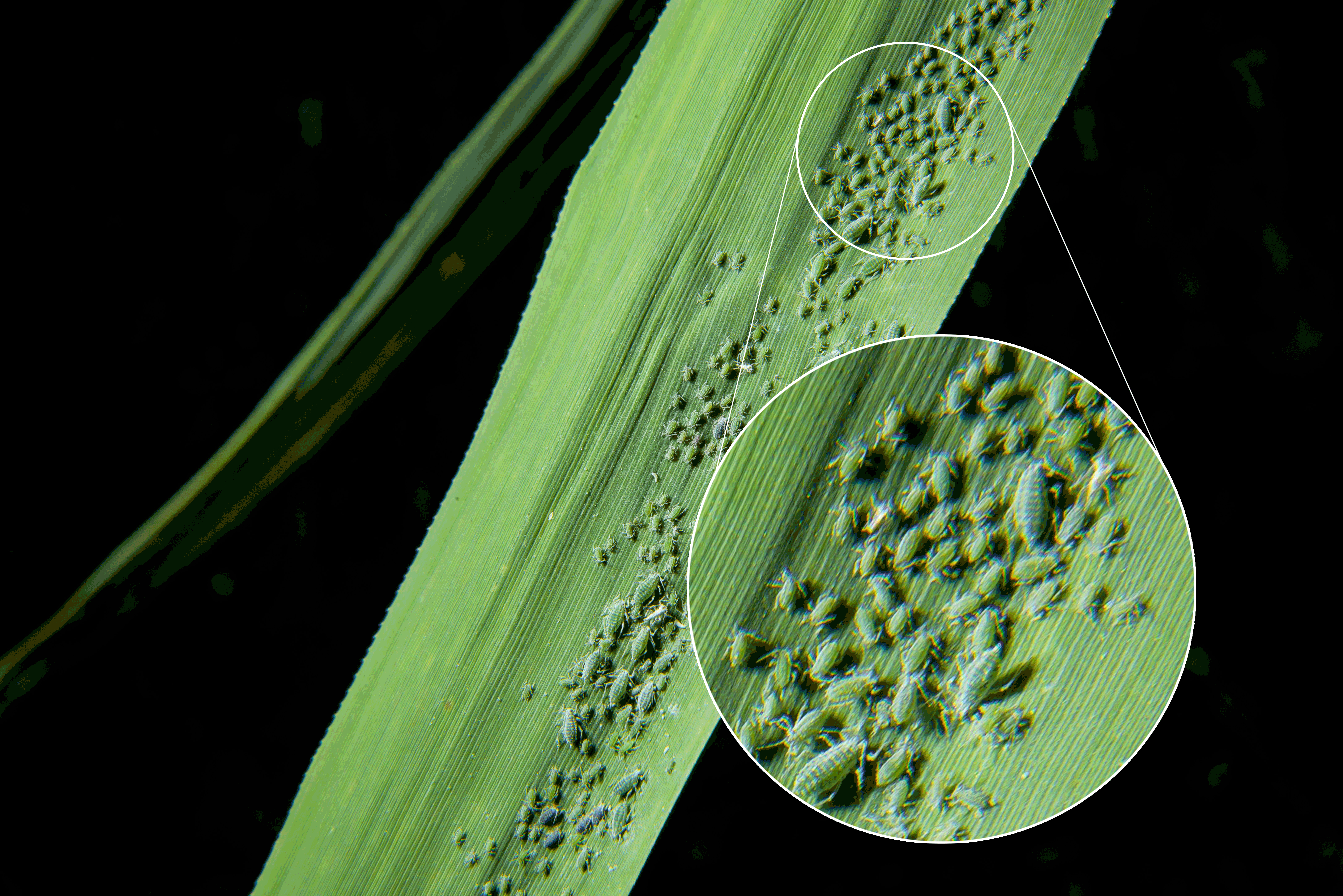
2. Decrease in pests/diseases
One tiny little aphid can quickly multiply to thousands; harmful bacteria can make a whole crew ill and destroy a mission. These factors make aeroponics ideal in that by growing indoors under isolated conditions, you can minimize pests and disease. Just don’t bring in transplants from the garden or you will likely have more aphids than you ever realized could exist in a small space – we learned that lesson the hard way!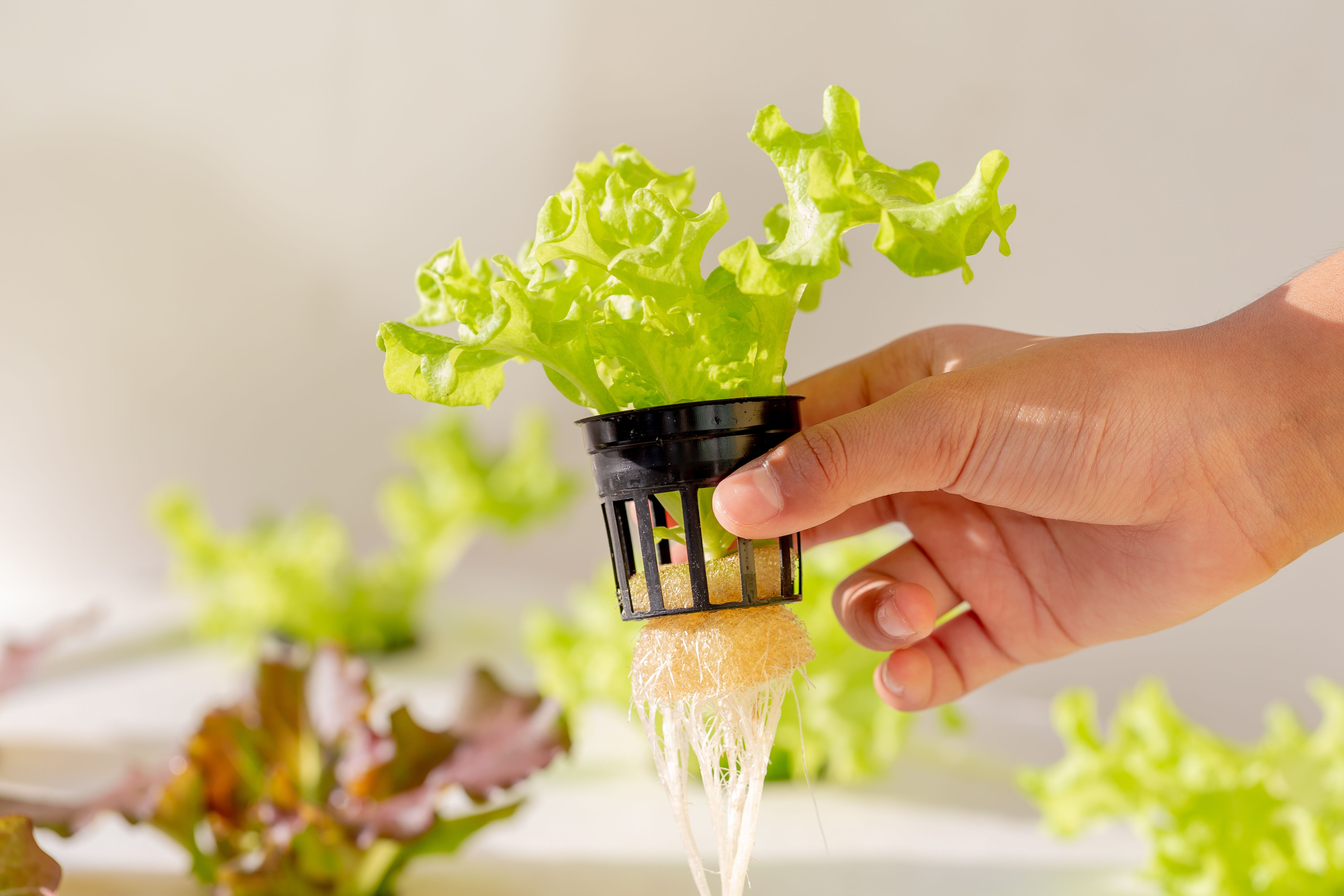
3. 99% less water than traditional agriculture
Water conservation is hugely important on a spacecraft, helping to reduce weight, and opening up room for other cargo. Not to mention it is not exactly a renewable resource in space. Here on earth, water conservation is not only economically wise, but can be absolutely required in places like high deserts. We love that the Eden Grow Tower uses 99% less water than traditional agriculture.
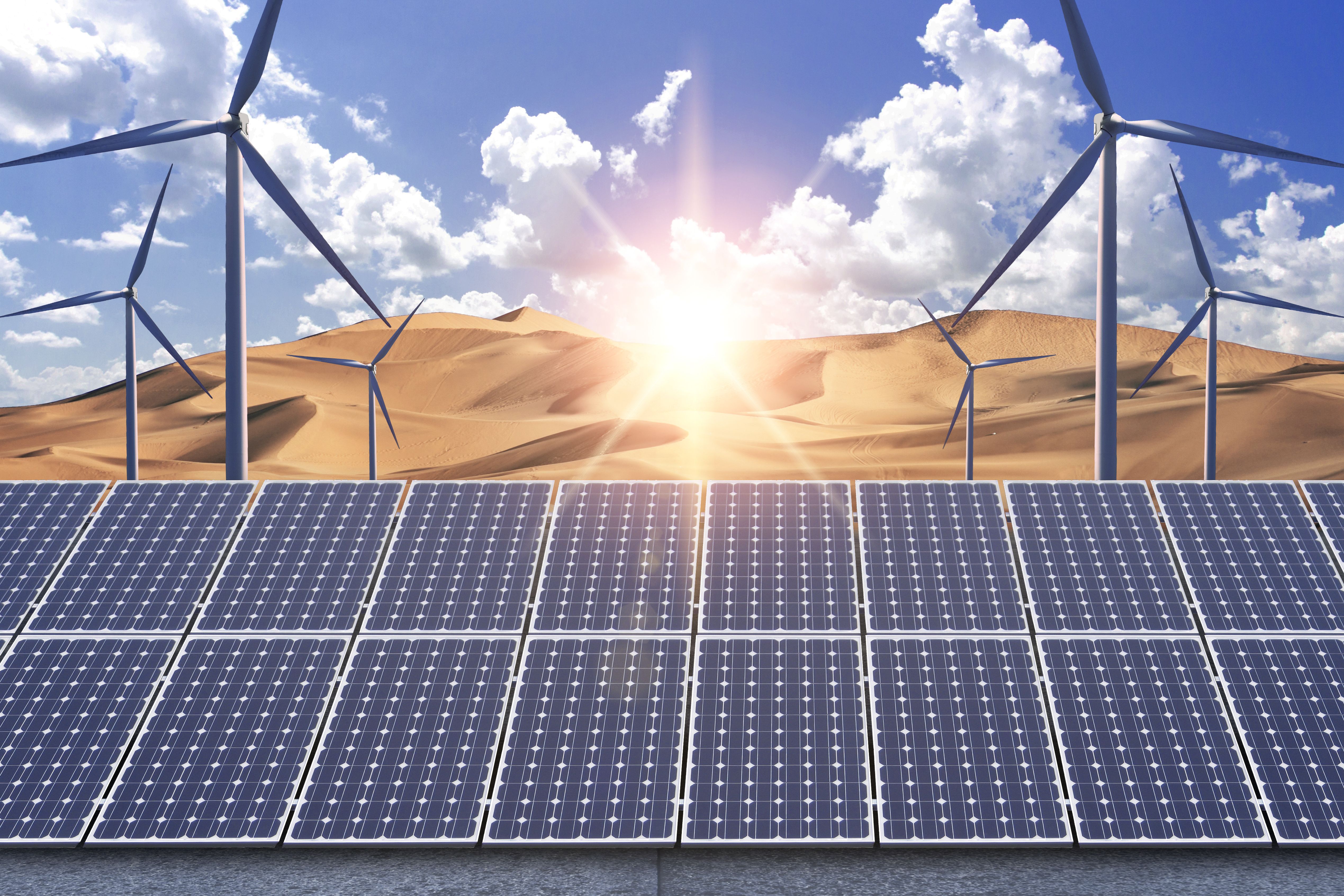
4. Energy efficient
Spacecraft use various methods for power…solar, battery and/or radioisotopes. However, these are still limited resources, and the spacecraft needs to be as energy efficient as possible. When it comes to self-sustainability, being certain that you have the means to grow your own food, even when power is limited, or even not available, is a necessity. The Eden Grow Tower uses Full Spectrum LED lights that make the most efficient use of power while providing super long life. Future design models of the Eden Grow Tower will include Solar Panels and a Methane Digester to recycle plant waste for nutrients and to generate power.
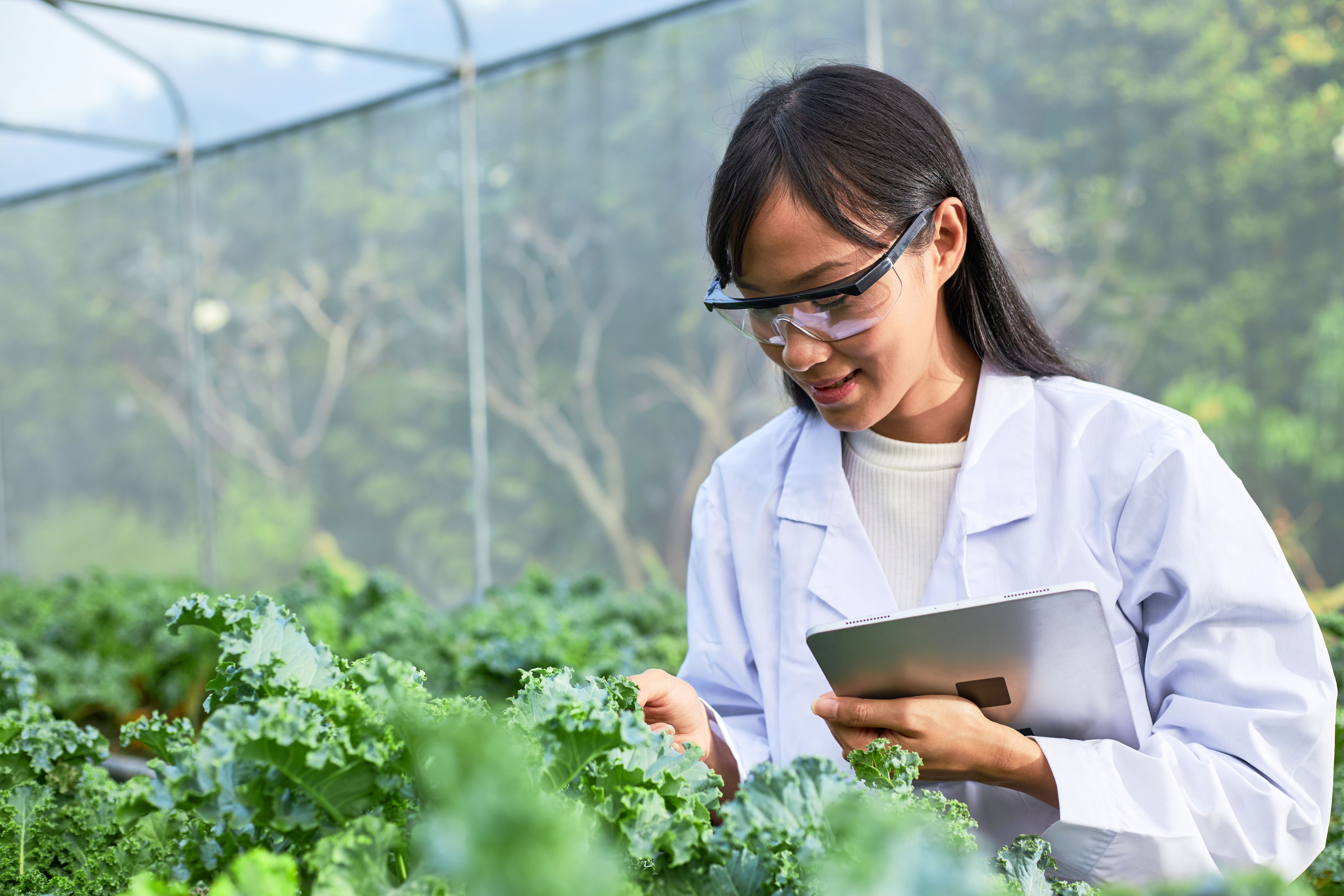
5. Automation
Time is limited on a spacecraft and down here on earth as well. The time it takes to prepare soil, design, plant, water, and fertilize your garden are all very time-consuming endeavors. The Eden Grow Tower uses automation to make growing your own food and being sustainable easy. Pre-programmed watering, lighting and fan schedules, how-to video tutorials, and instructional guides on our app, plus being able to monitor and control your tower anywhere on the planet means that food security is available for even those without a green thumb, or those who are super busy and have minimal time available.
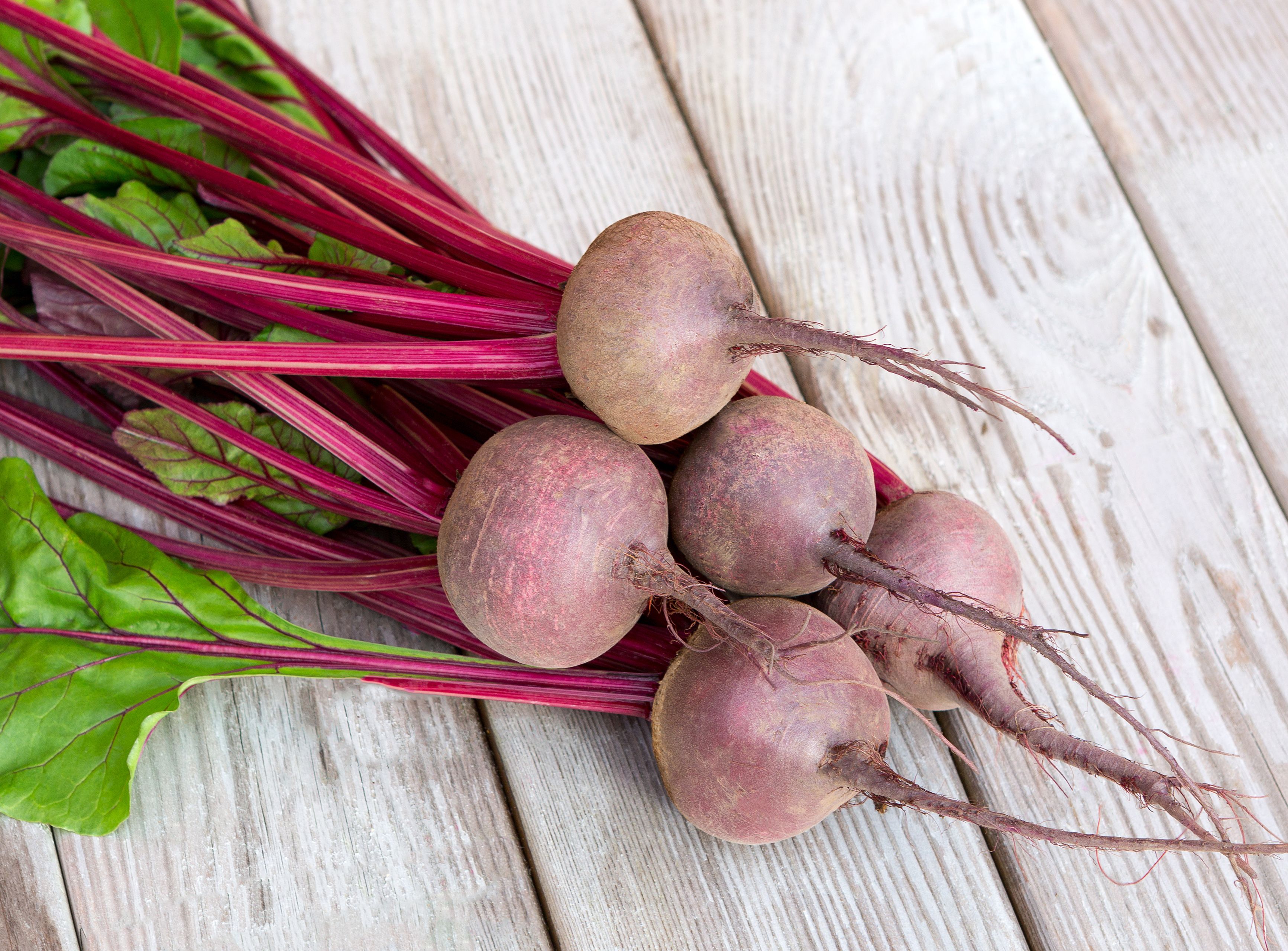
6. Grow nutrient-dense produce for sustainability
Root vegetables, potatoes in our Potato Deck Tower (coming soon!), fresh corn on the cob in our ET100T Single Deck, Tall Grow Tower, fresh protein-rich fish, or even freshwater prawns using a combination of Aeroponics and Aquaponics.
When growing food for self-sustainability in space or here on earth, leafy greens alone aren’t going to cut it. Having high calorie carbohydrate rich foods is really what is going to sustain you. The Eden Grow Tower allows you to grow beets, carrots, radishes, and even potatoes, year-round using aeroponics!

7. Self-sufficiency
4 Towers can provide a wealth of food for a family of 4 with the ET200R Double Deck Tower. By being able to grow year-round, you can continuously plant to keep the harvest going without having to wait for the right time to plant in your zone. In space, the astronauts need to be able to have continual harvests, and this can be achieved both in space and at home through succession planting.
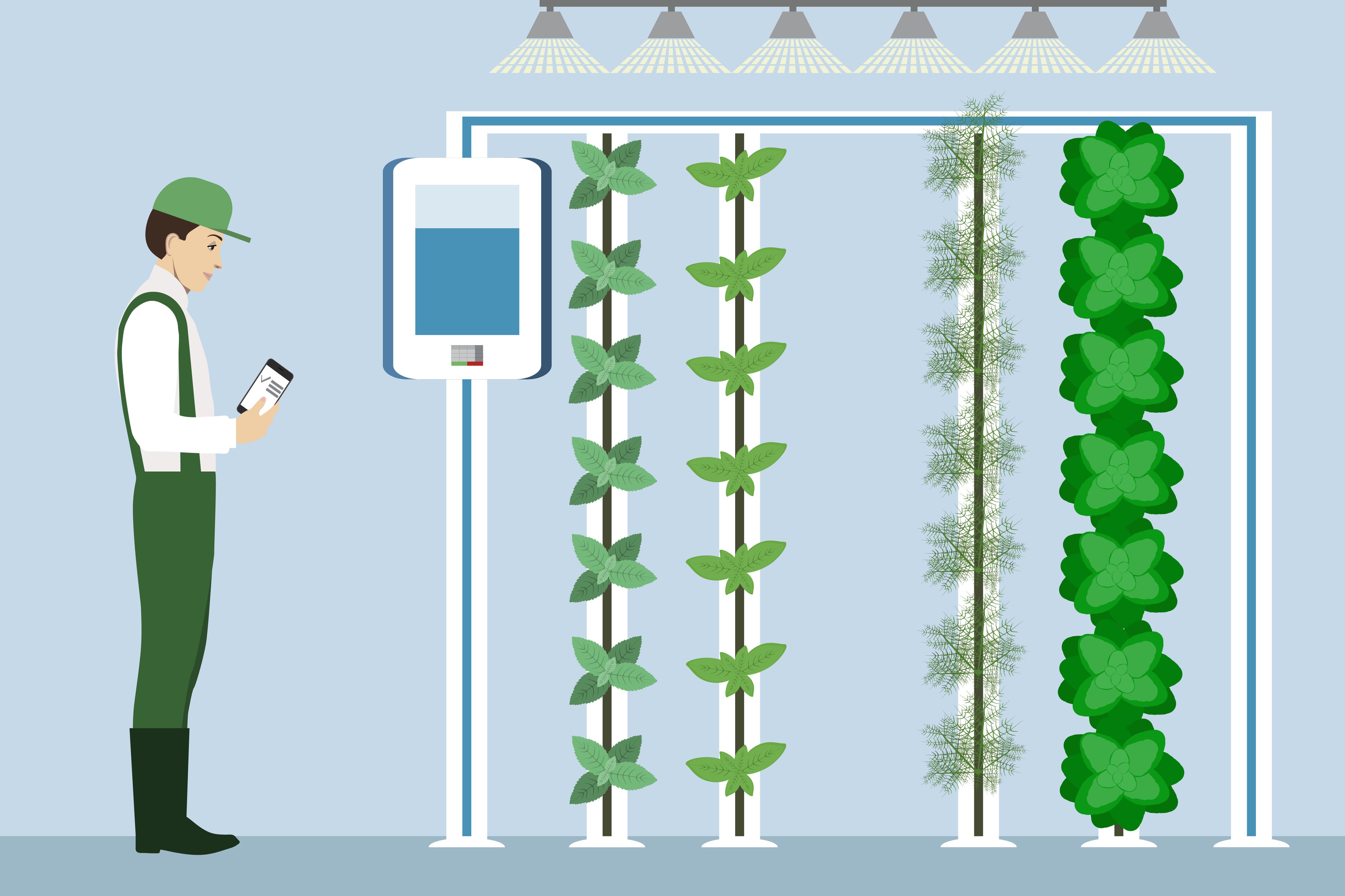
8. Growing Vertical to save you space
This is an easy one to explain as far as space missions go, but equally as important here. Growing vertical utilizes 50-70 percent less land and allows you to grow in places with non-arable land (such as deserts) and in facilities such as abandoned warehouses. Our ET300 Triple Deck Tower has a 96-plant capacity (currently in development).
We still have more additions from the Genesis System coming to the tower including a small biodigester to recycle plant waste for nutrients, and solar panels for an energy-neutral growing operation. With a team including 4 engineers, our ideas are limitless!
As for now, the Eden Grow Tower offers a real solution for you and your family to become self-reliant by growing your own organic produce indoors 365 days a year using highly efficient and sustainable NASA technology. We think that’s pretty cool!
NASA, EDEN, AND THE FUTURE
The term “Aeroponics” was first coined by the Dutch biologist, Frits Warmolt Went in 1957. It wasn’t until 1983 that Richard Stoner filed his first patent on Aeroponic technology and was the first to bring commercial scale aeroponic systems into greenhouses for commercial crop production. This company was called Genesis Technology Incorporated. It just so happens that Eden Grow System’s patent-pending scalable, bioregenerative crop and energy production system that the company was founded on is called the “Genesis System” – and no, we did not know about GTI at the time.
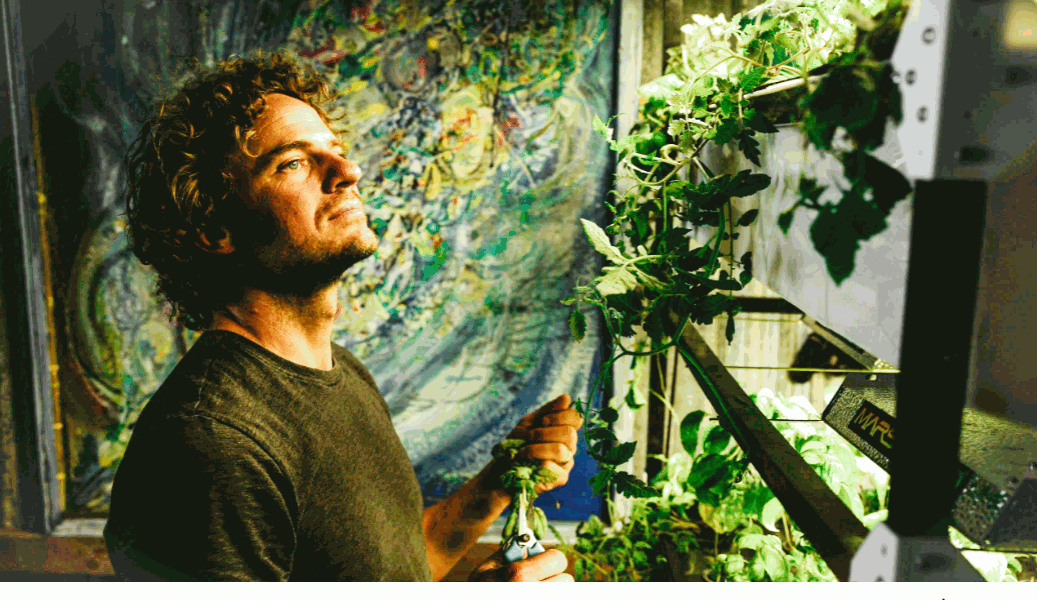
EDEN’S MISSION
NASA’s mission expands far beyond feeding astronauts in space, but to use their technology to better the lives of people on earth. Our goal at Eden is in alignment, to not just one day be able to produce food for space missions with our systems, although still a mission-goal, but to use NASA and other technologies for food production here on earth. Our mission statement is to…
“Provide sustainable food and energy to local communities around the world and one day, off it”.
The Eden Grow Tower offers a real solution to help reduce vulnerability to changing weather, natural disasters, and societal/economic disruptions. We are now entering a Grand Solar Minimum, and we will see lower crop productivity over the next few years due to lower solar intensity. We continue to strive to provide you with the latest growing technologies. It is our goal to help everyone thrive by living a more self-sustainable healthy life.
Find out more about our towers here.
“With a Grow Tower, I get so many solutions to so many problems, and so many benefits for myself and my family. It's done indoors, so that takes care of heat, growing season limitations, and bugs and critters eating the fruits of my labor. It is extremely space efficient, so I can get a lot out of a 2-foot-by-4-foot space. And, the best part, it's AUTOMATED. I just make sure there's water and nutrient solution in the reservoir (which holds 60 gallons, so I don't even have to worry about refilling it except for every few weeks). It automatically turns on misters in the root chamber to feed the plants, which grow like crazy because they are saturated with nutrients and oxygen (what a life). And I don't even have to worry about processing a huge crop all at once - I can consume fresh fruits and vegetables like lettuce, tomatoes, carrots, herbs, and strawberries, straight from the plant. Maximum flavor and nutrition with a fraction of the effort - and TIME - of outdoor conventional gardening. Totally organic, super-nutritious food, grown hyperlocal” (Blaine Comeaux, EGS VP Business Development)
Latest Posts